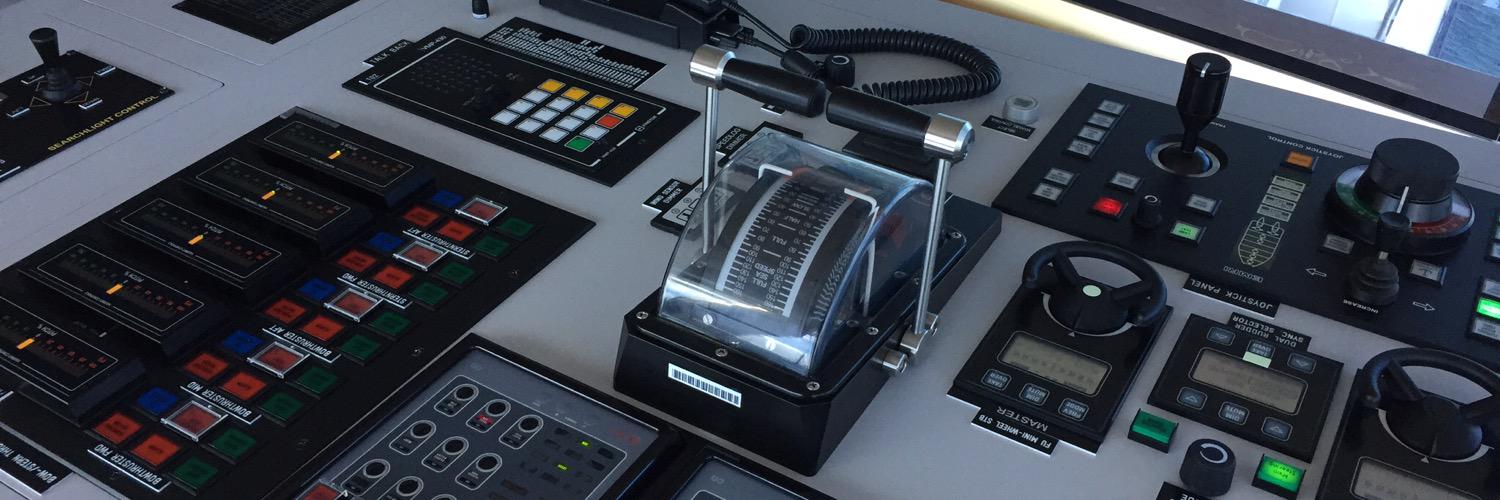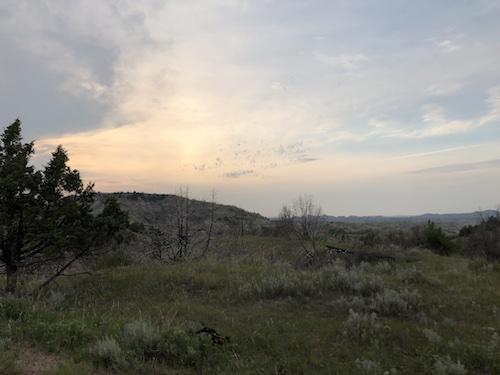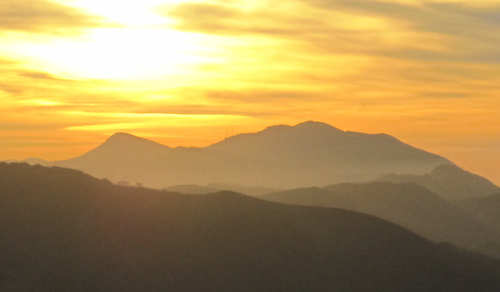“In diversity there is beauty and there is strength. We all should know that diversity makes for a rich tapestry, and we must understand that all the threads of that tapestry are equal in value no matter their color.” —Maya Angelou
How do you visualize? If you close your eyes and think about home, family and friends, can you see them in your mind’s eye? I remember having an in-depth conversation with Ed Catmull who confessed that he can’t visualize mental images at all. Most people can close their eyes and conjure up images. But that’s right, Ed Catmull, the scientist who revolutionized computer 3D graphics and co-founded Pixar, has a blind mind’s eye. It’s a condition called aphantasia. Ed conducted a survey of artist and production teams across the studio and discovered he was not alone. In fact, some of the world’s best animators have aphantasia as well. Glen Keane, who created Ariel (The Little Mermaid), also has no visual imagery.
How we represent our world in our minds does vary, person to person. Some of us visualize, some of us don’t. But we all model the world around us in a way that helps us interact with each other, relate to things and make decisions. Over time, we construct mental models that help us filter what we see, hear and feel. We build synaptic short cuts that prevent us from being overwhelmed with sensory experiences and our daily work. We enter our mind palace, even if it can’t be seen, and think about concepts, plan projects, solve problems and even practice interactions with each other. How do we do that? Have you noticed? Well, similar to you reading this today, we do that through “words”. Now maybe those words are symbols, lists or concepts, but they are a collection of mental Lego blocks that we use to construct our mental reality. How many of those atomic units we have collected and what they are, makes up our mental vocabulary.
When I was learning Spanish in high school, I remember the moment when I had gained enough understanding of the language to begin creating mental models in Spanish. Up till that point, I realized my mental models were all in English and I was passing all of those models through a “translation function” in my mind instead of thinking natively in Spanish. “Gran mesa roja” became atomic in my representation of a big red table. I never achieved full model (immersive thinking in Spanish) but it gave me the insight into how we think. Words and patterns of words are the building blocks of how we see and interact with the world around us.
Words matter. Because words make up our perception of the world, the words we use affect us and those around us. How we think, evaluate and relate with things is shaped by our words. Sometimes the words and phrases that we collect and use to build mental models can be harmful. For example, technological phrases like “blacklist” and “whitelist” are often used to denote things that should be denied or allowed. While the connotation of “whitelist” is generally positive, something that you want included and accepted, the inference of “blacklist” is predominately negative, something that should be shunned, blocked or denied. The general concepts make sense, but the words used can subconsciously create a mental association that anything “black” is bad, negative, a threat or an object that should be denied or avoided. Tragically, this can shape our model such that a “black person” is unintentionally connected with the same connotation. This is the danger. Words shape our reality and words can project unintended meaning or reality onto others just by simple association.
I’m proud to say that as part of our inclusive efforts, Disney technology leadership is taking on this issue so that we can level up. Technical words and phrases that are culturally insensitive or can threaten our inclusive efforts will be replaced with more inclusive terms. In many cases, these are actually better descriptors for the intended concepts anyway. Using phrases like “allow-list” or “deny-list” not only encapsulates the concept but describes it as well. Now, to be fair, I know this isn’t an easy transition. A lot of these words are deeply ingrained in the industry and our mental models. But it is the right thing to do. We don’t want unintended association to negatively impact us or any of our fellow team members. Everyone is a welcome member of our human family and we are willing to reshape our language and mental models to help enforce that love for each other.
Join me in helping raise awareness on this issue. Call me out if I accidentally use words that are non-inclusive. To reshape tomorrow, we need to challenge each other, our teams, our vendors and ourselves to use this more inclusive language. If you have any ideas that might help, please let me know. We can create a better more inclusive world. Sometimes it is as easy as changing one word at a time.



